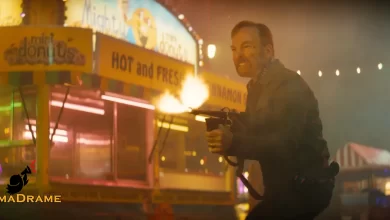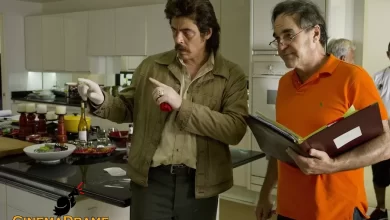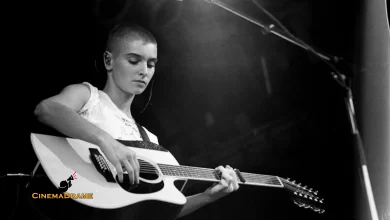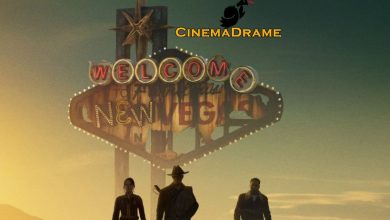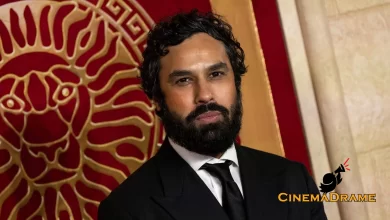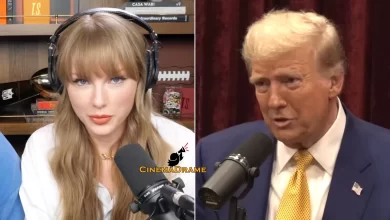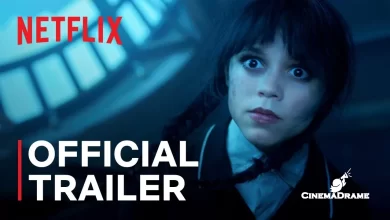My Iran Festival with the Theme of the Iranian Family
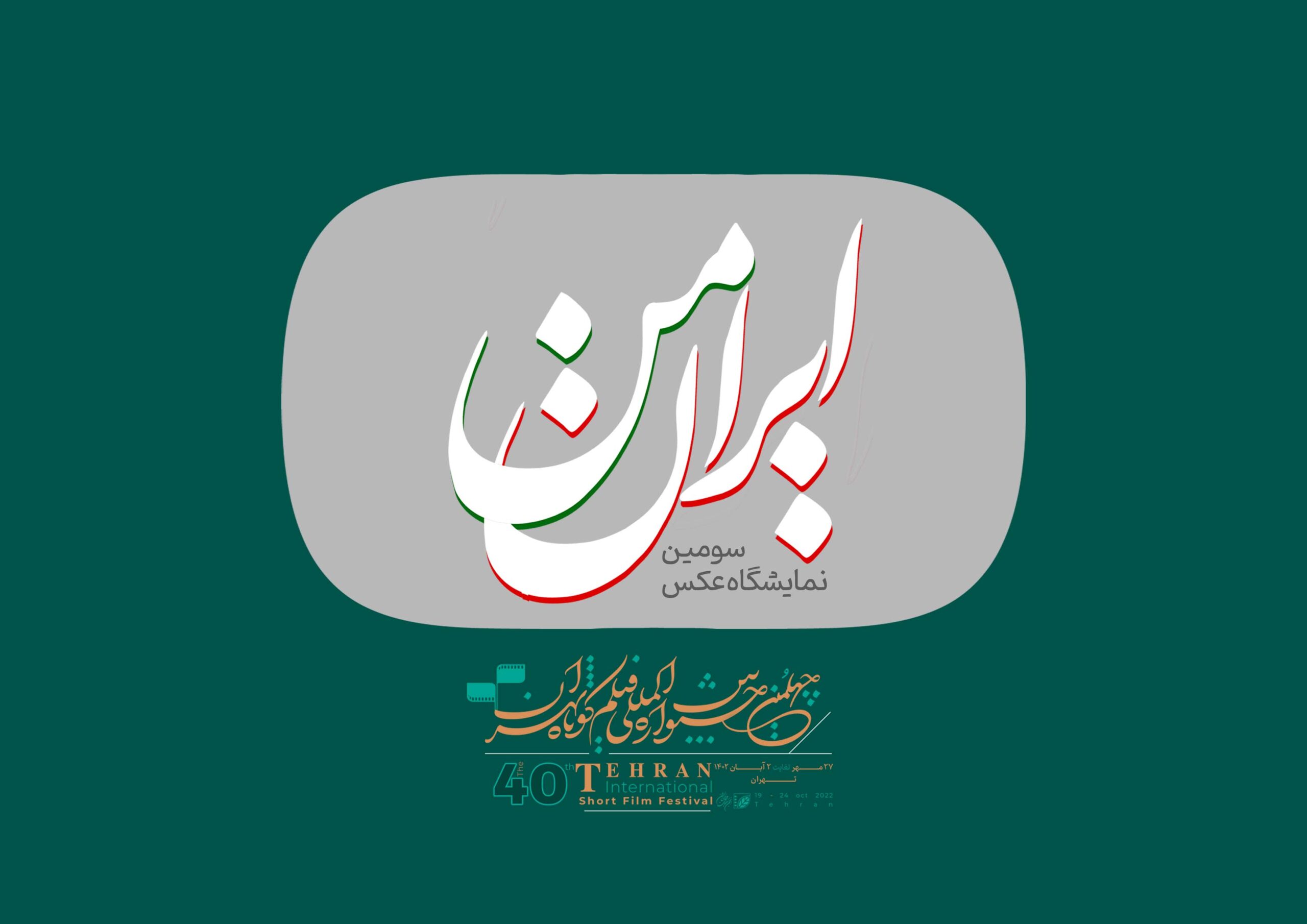
The press conference for the 8th edition of the “My Iran” Photography Festival was held today, June 21, 2024. This festival focuses on the theme of the Iranian family, with a side section dedicated to the use of artificial intelligence in image creation.
Mohammad Foroughi, the executive secretary of the festival, along with Afshin Bakhtiyari, Masoud Afshani, and Dariush Mohammadkhani, who are members of the festival’s policy council, attended the event. Mojtaba Khodalian is the festival’s artificial intelligence advisor.
The 8th edition of the “My Iran” Photography Festival is dedicated to the theme of the “Iranian Family.” Saeed Fadaiyan is also a member of the festival’s policy council.
The festival will feature one main section and one side section, with the side section focused on creating images with artificial intelligence.
The first-place prize for the festival is 40 million Tomans, second place will receive 30 million Tomans, and third place will receive 20 million Tomans. Three 15 million Tomans prizes will also be awarded for winners in the side section.
Majid Nagahi, Mehdi Vosoughnia, and Atefeh Haghighi make up the jury for this festival, and they will evaluate the works until October 2024. The deadline for submitting works is October 7, 2024.
Artificial Intelligence Is a Reality in Today’s Art World
At the beginning of the press conference, Masoud Afshani said: “The 8th edition of the Dourangar Photography Festival is held under the umbrella of ‘My Iran.’ Each edition has its own theme, and our goal is to showcase the beauty and potential of Iran and Iranians, which we have attempted to cover over the past seven editions. Due to the COVID-19 pandemic, this edition has been delayed.”
He continued, “This year’s main theme is the Iranian family as the most fundamental foundation of society. The Iranian family has undergone significant changes and faced many challenges, creating a great opportunity for photographers. We are witnessing traditional, modern, and generational perspectives, which can be seen as documenting historical events. This is a sociological approach to the Iranian family as the most crucial pillar of society.”
Afshani explained, “In this year’s side section, we are addressing artificial intelligence due to the developments in image creation worldwide. We are focusing on editing with AI tools, which is both challenging and creative. The challenge is to depict the Iranian family using artificial intelligence. It’s possible that no photograph is created through a shutter, but AI can bring imagination to life.”
Afshani added: “We want to challenge photographers by involving artificial intelligence and see how much we can push ourselves with these tools. The main section has restrictions on editing, but in the second section, creating images with AI and using techniques is allowed. This section will have separate judging and separate prizes.”
He further stated, “We started accepting works on June 3, and after the initial selection, they will be handed over to the judges.”
According to Afshani, in addition to the prizes, selected participants will be given the right to publish 100 selected photos.
Afshani said: “These prizes are a gift to the photography community, photographers who have always had potential.”
Then Mohammad Foroughi discussed the photography event, saying: “We have done several things differently in this edition. We started on June 3, and the deadline for submissions is October 7, with the closing ceremony expected to be held on November 8.”
He added, “We hope we can follow in the footsteps of Norangar, which has been active for about 20 years, and we hope to survive long enough to generate income from the economic side and spend it on cultural efforts. The best way to ensure our lasting impact is through this festival. We discussed the theme of the festival with the policy council members. We believe that the family is moving toward Western ideals and distancing itself from its original core; therefore, we tried to make an impact on the family through photography, which we hope the media will help us with. Professional and amateur photographers can participate in this festival.”
In response to a question from ISNA about the conflict between documenting reality and using artificial intelligence, which challenges reality, Afshani said: “We actually faced the same challenges ourselves. We looked into it and saw that in one festival, someone sent a photo created with artificial intelligence and won, only to later admit they used AI. We concluded that we should work with artificial intelligence because it is now part of our lives. Back in 2002, digital photography was not accepted, but now, try to find a photo taken with an analog camera by Iranian photographers. We need to think in contemporary terms and be in tune with today’s world. Artificial intelligence is now a reality in the world of art.”
Afshani continued, “We can reach conclusions through contrasts and conflicts. In the main section, we will focus on realism, and in the side section, we will embrace imagination. This contrast helps clarify whether we, as photographers, are pursuing realism or attempting to create images with AI. AI and photography will coexist, not oppose each other. This contrast was intentional to see what the result will be.”
He added, “This is also a return to self-awareness, understanding our approach to artificial intelligence.”
Regarding whether a specific focus for photography on family was defined, Foroughi said: “There are many aspects of the family. At least two people make a family, so we haven’t limited the focus. We will also hold two or three workshops where participants can take better family photos.”
Foroughi also answered a question about the festival’s activities in cities outside Tehran to showcase the family across Iran, stating: “In past editions, photographers from the provinces participated more than those from Tehran. Almost 99% of photographers in Iran know us, and this recognition has made our communication faster.”
Afshin Bakhtiyari, continuing the session, said: “I have been part of Norangar from the beginning. I would like to make a complaint. Yesterday, I was contacted by a large organization asking to start a festival and inviting me to be a judge. When I mentioned the prize amounts, they were surprised.”
He added: “Such events should be organized by the Ministry of Culture and Islamic Guidance and the Cultural Heritage Organization. I’ve been taking photos for 60 years, but no organization in Iran has my archive. I am certain that when it is said that this festival will reach its 30th edition, it will. The family is an essential issue to address. Organizing such festivals is truly difficult. I expect the media to demand that government organizations support festivals.”
Bakhtiyari said: “When the Iran Newspaper started, I was there for six months. The first photo to be printed on the cover of Iran Newspaper was mine.”
Regarding the festival’s financial resources, Foroughi explained: “We generate income and have been dedicating a portion of our earnings to cultural activities since we started our business. In 2013, we decided to organize a lasting event. I like to do long-term projects. The ‘My Iran’ Photography Festival began in 2014. Nationalism isn’t good, but I love Iran and aim to make an impact and bring about change. The costs of organizing this festival come from the entire revenue of Norangar, especially since our expenses are very high.”
Afshani added: “We tried to ensure that the prizes meet the needs of the participants.”
Foroughi, responding to a question from ISNA about the photo collections from the previous seven editions of the festival, stated: “Over the past seven editions, we have accumulated about 90,000 photos from Iran, which have been narrowed down to 700 selected images. On average, each edition had 5,000 to 7,000 participants.”
He noted that in this edition, each participant can submit up to 10 photos for each section.
Dariush Mohammadkhani then gave a speech.
He mentioned: “With the advent of any technology, there is always resistance. When color photography was introduced, people said black and white photography would be abandoned, but it wasn’t.”
Mohammadkhani continued: “Our point is that the issue should never be ignored. For every issue, there is always a solution. When artificial intelligence entered photography, many were resistant and fearful, but approaches change, and nothing disappears. Nothing is lost; it simply transforms into something else. We must use AI and create a cultural framework for it.”
He added: “The world needs to know how we live. We are determined to show Iran in its glory. If new technologies are available, we must use them and create a cultural foundation alongside them.”
He emphasized the need for the private sector to be involved in cultural activities: “Private sectors should take part in organizing festivals. We are willing to share our experiences with them.”
Mohammadkhani also suggested: “We even proposed that this festival be held internationally, but unfortunately, it’s not possible yet. We need to export our culture to the world. In cinema, music, painting, and other arts, we have shared our culture with the world, and we should do the same in photography.”
Mojtaba Khodalian, the festival’s AI advisor, also commented on the impact of AI, saying: “I think in two or three years, we will be more honest about artificial intelligence. We are talking about a dark world right now. People are afraid of AI because they don’t know what’s waiting for them in this dark room.”
He continued: “I do half of my daily work using AI. It’s as if a journey that once took three months now only takes one day, and it’s just as ridiculous to say we don’t use AI for some tasks.”
Mohammadkhani added: “When we say we want to create images with AI, we are not denying our past efforts; we are simply making our work easier. Iranian photographers were once limited by geography, but now they have more access and can use it to their advantage.”
Saeed Fadaiyan then gave a speech, saying: “We photographers have always said that our costs are high, and when organizing this festival, I said that if we want to make a difference, we should offer prizes that give participants some encouragement. Our effort has been to cover some of the photographers’ costs with these prizes. As a member of the policy council, I have tried to consider things from the photographers’ perspective.”
